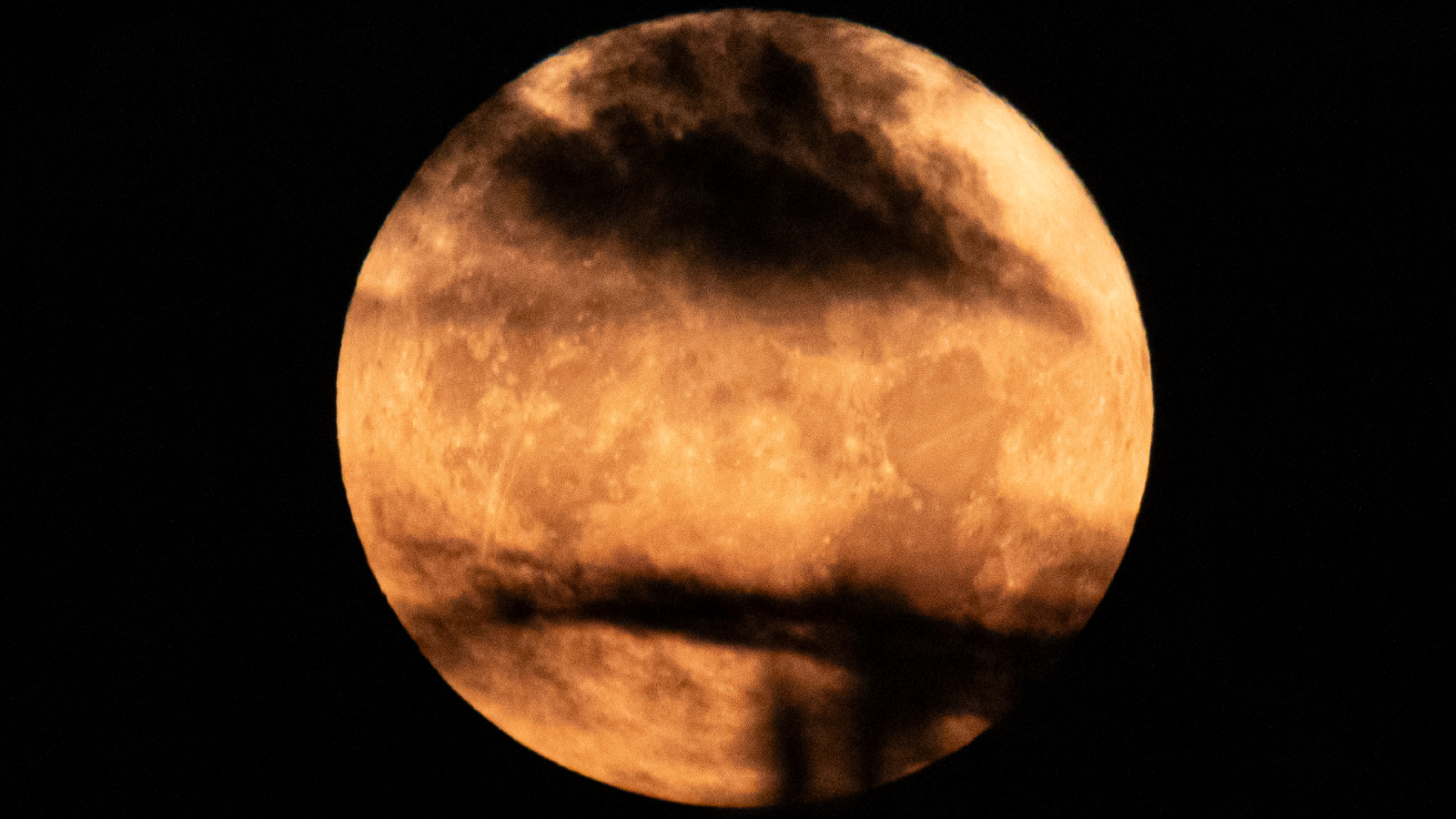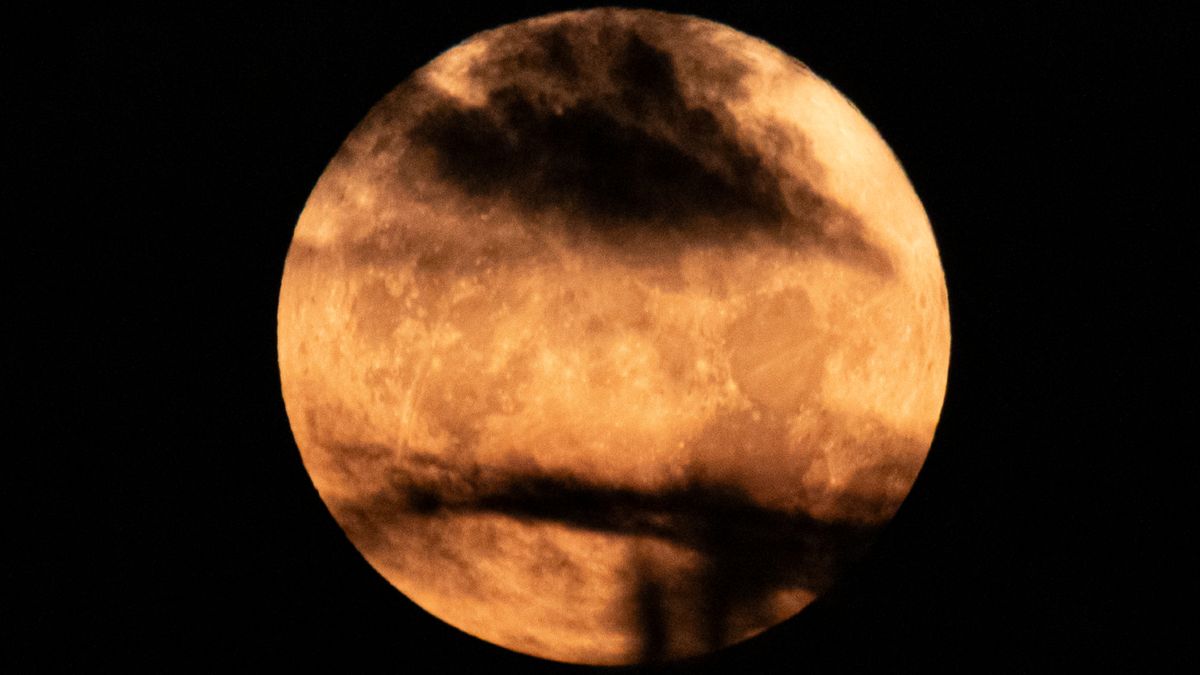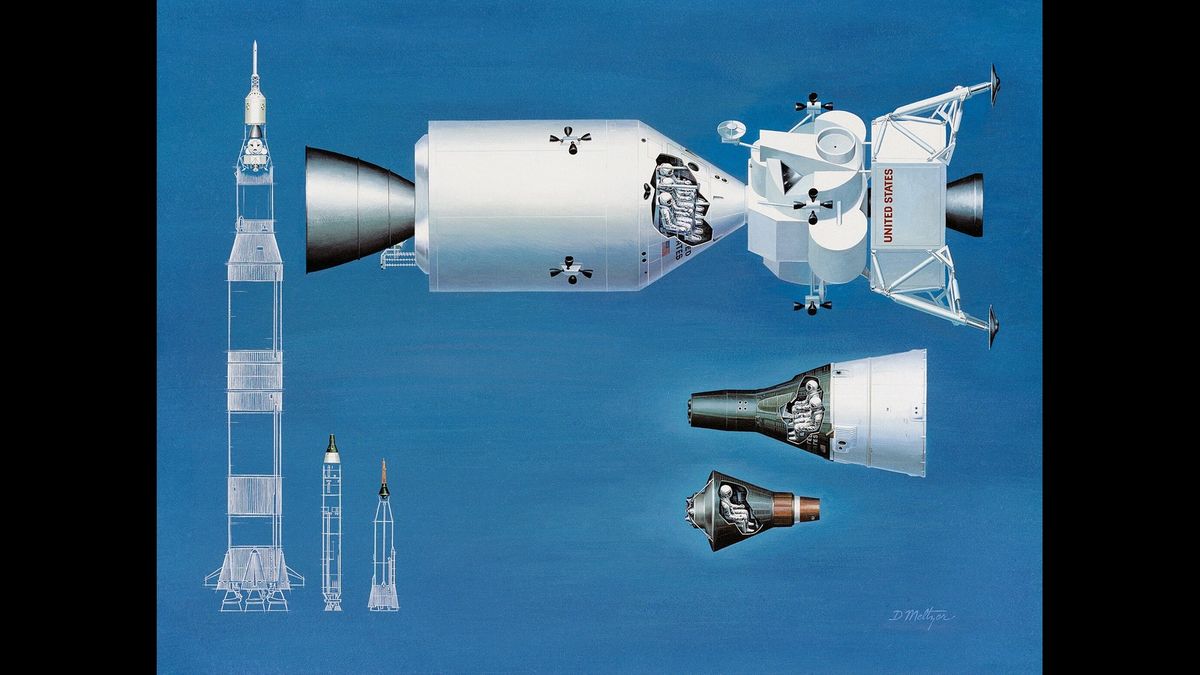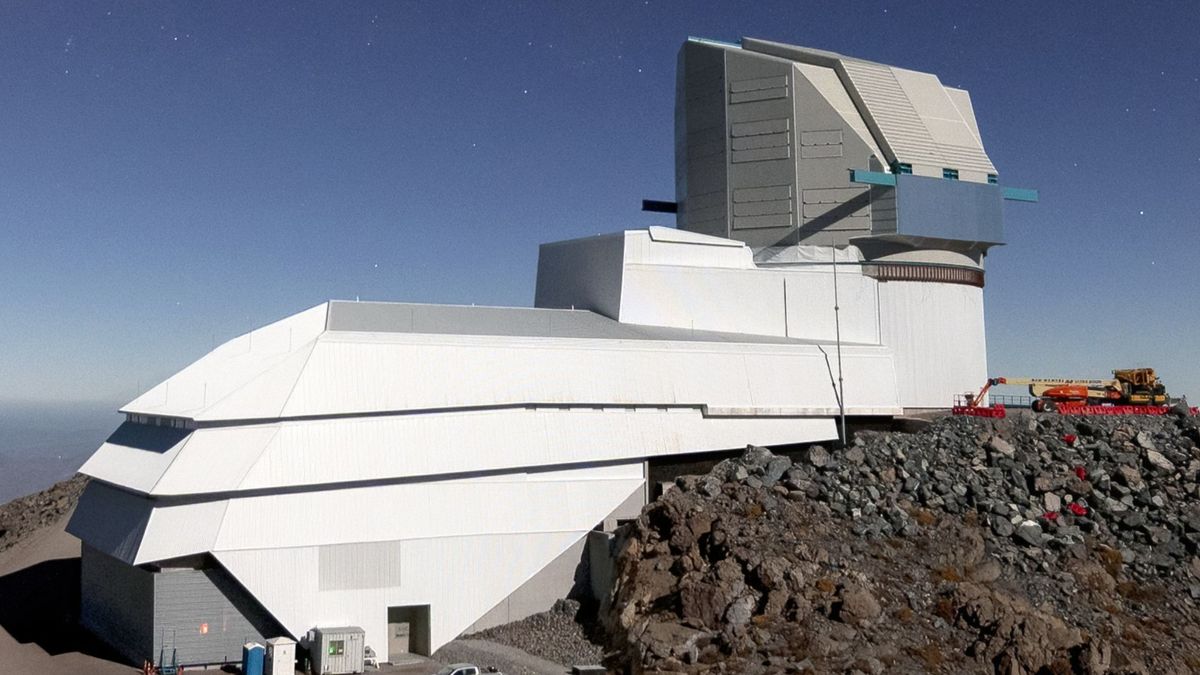The July full moon, known as the ‘Buck Moon’ will rise on Wednesday, July 10 and put on a spectacular show for both stargazers and astrophotographers alike.
A full moon occurs when the moon is positioned opposite the sun in the sky, causing it to appear fully lit from our perspective here on Earth.
The Buck Moon gets its name from the time of year in North America when male deer, known as bucks, begin to grow out their antlers. It’s also sometimes called the ‘Thunder Moon’, in reference to the seasonal summer storms that often rumble across parts of the U.S. in July. The lunar milestone also occurs less than a week after Earth reached aphelion — the point in its orbit that is most distant from the Sun — making it the farthest full moon from the sun in 2025.
When to see the July full Buck Moon
This month’s full moon will occur at 4:36 p.m. EDT (2036 GMT) on July 10, but it won’t be visible until it rises above the southern horizon at sunset in your local time zone. In New York City, for example, moonrise occurs around 8:53 p.m. local time. Remember: the exact timings for moon phases vary depending on where you are on Earth, so be sure to check out a trusted website such as in-the-sky.org or timeanddate.com to get the correct timings for your locale.
Why the Buck Moon looks so low
July’s full moon will look especially low in the sky after sunset. This is largely down to its proximity to the summer solstice, when the sun is at its highest in the daytime sky, and the moon tracks a correspondingly low path through the night.
This effect is even more extreme in 2025 thanks to a phenomenon known as a ‘Major Lunar Standstill’. This occurs every 18.6 years, when the sun‘s gravity drags the moon’s tilted orbit into its most extreme inclination relative to Earth’s celestial equator. This causes the moon to appear especially high — or low — in Earth’s sky depending on the time of year.

What to look for on July 10
The best time to view the July full moon will be in the hours following moonrise on July 10, when the lunar disk will appear larger than it actually is, thanks to the ‘Moon Illusion’. This phenomenon occurs when the moon is positioned close to the horizon, at which point our brain tricks us into thinking that it is larger than it is when it is directly overhead, despite the fact that it takes up the same amount of space in the night sky at both positions!
You may also notice the Buck Moon take on a golden or reddish hue shortly after rising.. This warm hue is caused by Rayleigh scattering, the same effect that causes colorful sunsets and sunrises. It happens because sunlight reflected off the moon’s surface has to travel farther through Earth’s atmosphere to reach us when it’s low on the horizon compared to when it’s directly overhead, causing more light in the bluer wavelengths to scatter, while allowing redder wavelengths through.
Celebrate Apollo with a lunar look-back
This month also marks the 56th anniversary of the Apollo 11 moon landing. On July 20, 1969, astronauts Neil Armstrong and Edwin Eugene “Buzz” Aldrin became the first humans to walk on the moon while Michael Collins watched on from lunar orbit. To celebrate, we invite you to locate each of the six historic Apollo-era landing sites on the lunar surface with the aid of our handy visual guide. It’s possible to find the region visited by each Apollo mission with the naked eye, but a 6-inch telescope will help reveal details in the broken moonscapes and smooth lunar seas surrounding each of the landing zones.
Editor’s Note: If you capture an image of the full ‘Buck Moon’ and want to share it with Space.com’s readers, then please send your photo(s), comments, name and location to spacephotos@space.com.



























